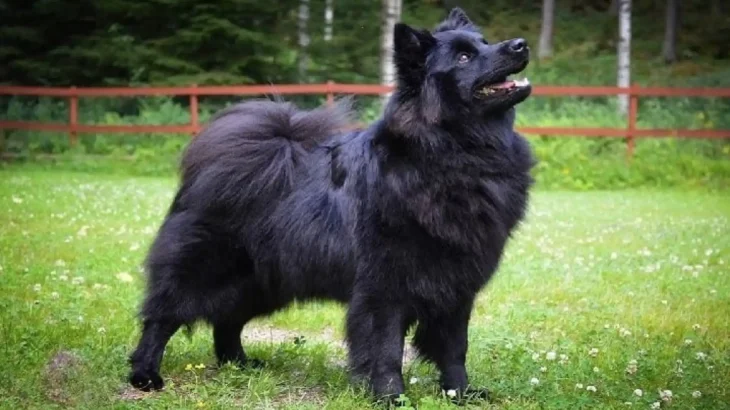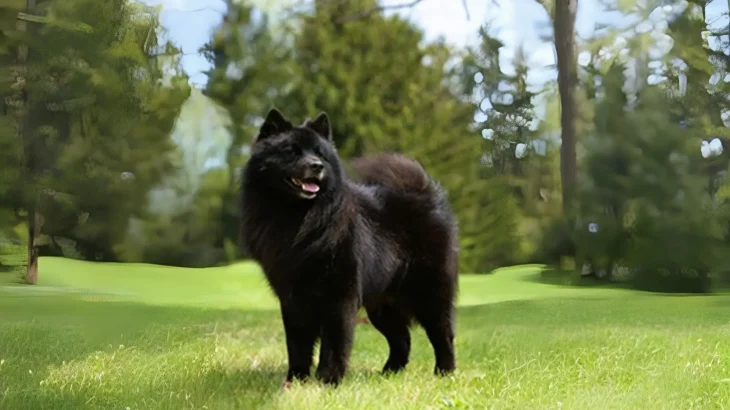Deciding whether to adopt or purchase a Swedish Lapphund puppy often comes down to health certainty and ethics. Buying from a reputable breeder offers detailed health screening and pedigree info, while adopting provides a loving home to a dog in need, though health history may be less clear.
| Criteria | Buying from Breeder | Adopting from Shelter/Rescue |
|---|---|---|
| Cost | Typically higher, reflecting pedigree and health testing. | Lower fees, often including initial veterinary care. |
| Health History | Comprehensive screening for hereditary issues like hip dysplasia and eye disorders. | Health records may be incomplete; basic checks usually done. |
| Age Availability | Primarily puppies, allowing training from an early age. | Varies—includes adults and seniors. |
| Temperament Insight | Breeders provide lineage-based temperament info. | Behavior observations available, but background often unknown. |
| Ethical Considerations | Supports responsible breeding when choosing reputable breeders. | Gives a home to dogs in need, reducing shelter populations. |
| Breed Purity & Pedigree | Pedigreed with documented lineage, important for breed enthusiasts. | Less likely to have documented pedigree; may include mixed lineage. |




















































